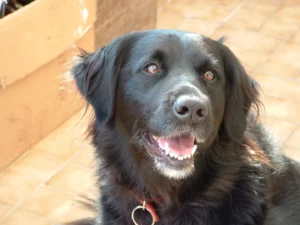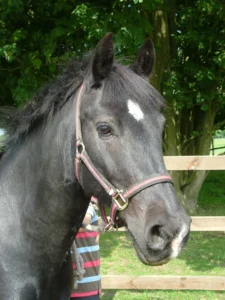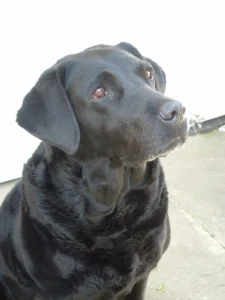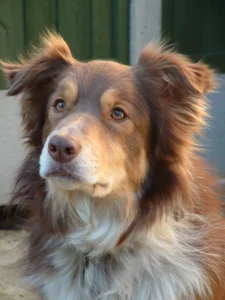Capturing the Essence of Your Pet
To help me create a portrait that truly reflects your pet’s character and details, here are the most effective photo guidelines:

Lighting
Natural Light Is Best
Outdoor light is ideal—gentle, natural illumination shows true colours and texture.
Avoid harsh bright sunlight (creates unwanted shadows and glare) and avoid using an indoor flash.
A slightly overcast day offers the most flattering, even light.
If shooting in bright light, position yourself so the sun is behind you (to the left or right), not shining directly on your pet.

Angles
Get Close and Personal
Fill the frame with your pet—this captures every whisker and nuance.
A ¾ head shot (slightly turned) adds life and depth; straight-on poses can look flat, especially with longer noses.
Photograph at eye level—it makes the image more intimate and expressive.
For horses, avoid direct front views that elongate the nose. Remove head collars or halters unless you’d like them included.

Quality
Ensure Good Photo Quality
Use a high-resolution camera—around 2 megapixels or more—to ensure clarity and print quality.
Be aware of camera lag: there’s often a small delay between pressing the shutter and the image being captured. Be patient and take multiple shots.
Pay attention to shadows, especially indoors—good lighting is crucial.
For black or dark-coated pets, shoot on overcast days to reduce glare and bring out highlights and texture.

Expression
Capture Personality and Expression
Capture their attention naturally—use toys, treats, or a familiar voice to direct their gaze.
Patience pays off—especially with pets who have short attention spans.
Send several photos if you’re unsure, and I’ll help choose the best for your portrait.
Bring Your Pet’s Personality to Life
